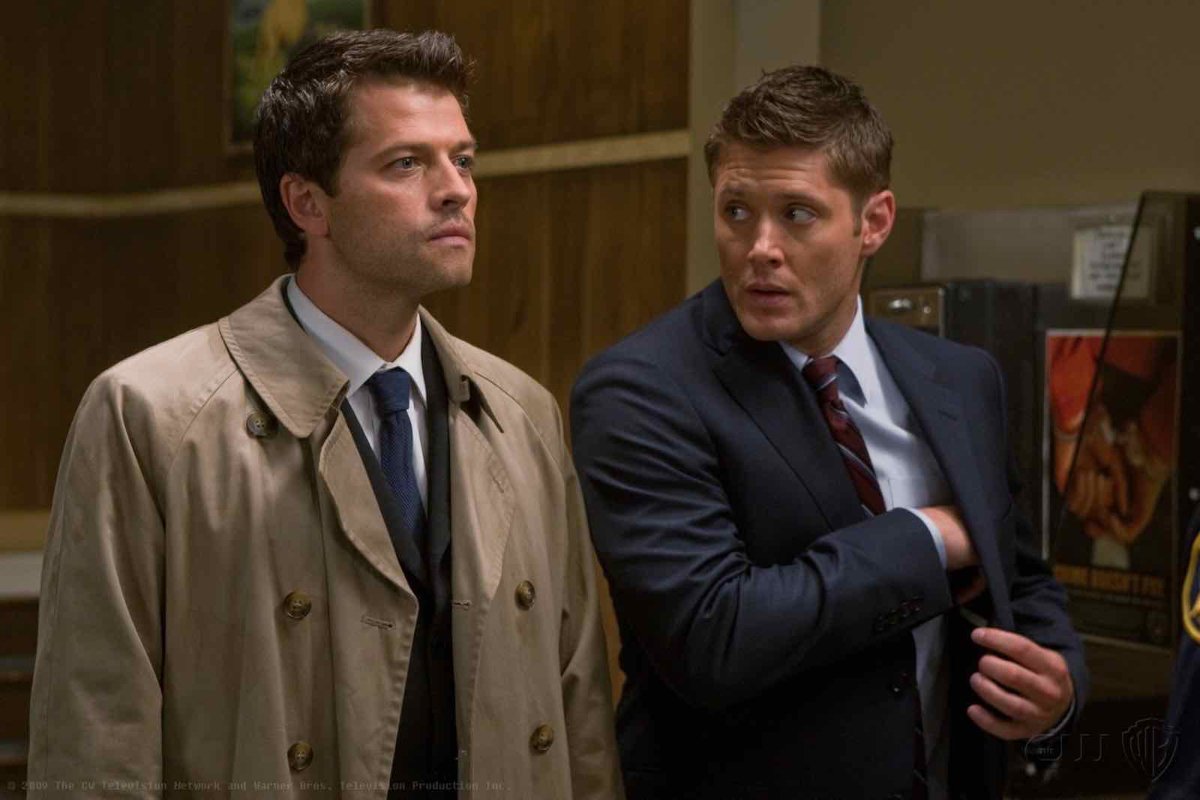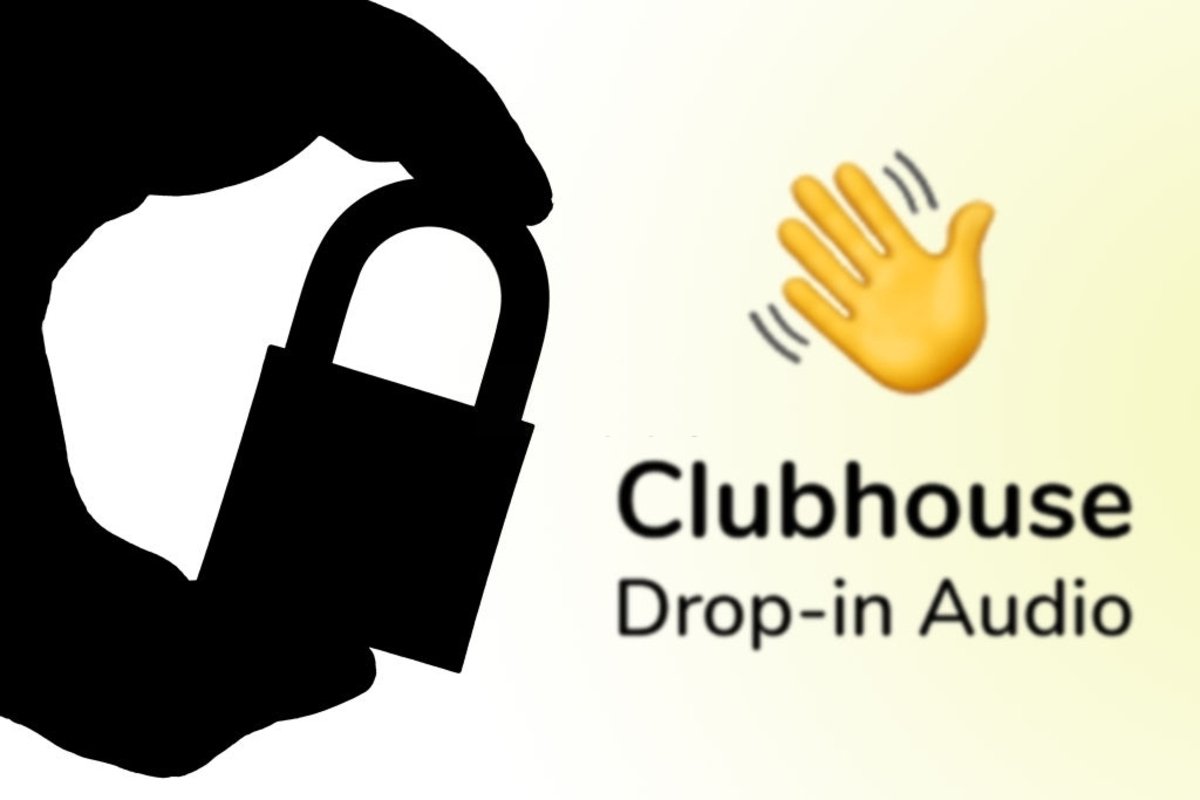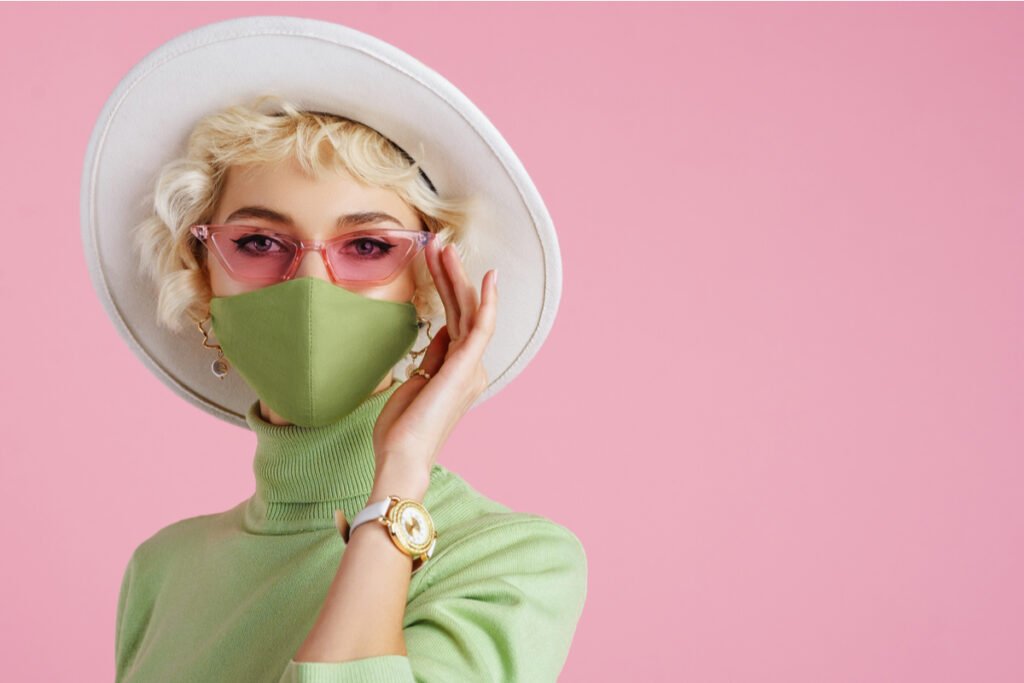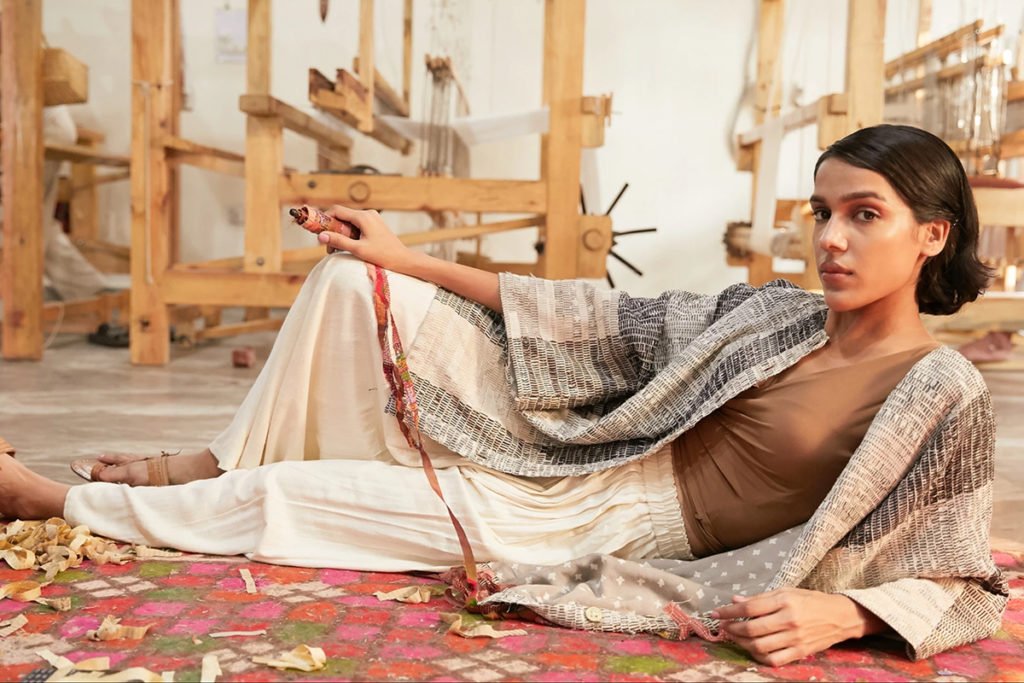Have you ever come across characters in movies who are ever so subtly portrayed as gay? I mean, their sexual identity might not be explicit, but their mannerisms and traits are so recognizable as queer stereotypes – exaggerated masculinity or femininity, or even hypersexuality in some cases. This phenomenon isn’t that new and has been the topic of discussion in queer theory and gender studies in the face of media representation of the LGBT community.
In the 1930s, the Production Code, popularly known as the Hays Code, strictly prohibited any depictions of “sex perversion”, which was understood to include gay relationships and other relationships, including interracial and premarital relationships.
Queercoding started out as a way to represent queer characters in an age when such characters could not be openly portrayed. Instead, these characters were given recognisable traits and signifiers. Classic male characters were vain, dramatic and emotional, and weak in physical strength. Classic female characters are emotionally withdrawn and hate wearing feminine clothes. These were primarily based on stereotypes associated with queers – obsessive about physical looks, expressive when speaking, effeminate appearances or mannerisms, high-pitched voices, and so on.
This helped portray subtle variations of queer characters while maintaining the guise of straightness from most oblivious audiences and, particularly, the censors. Over time, queerness in characters become reduced to these same tried and overused cliches. Although queercoding started as a means to depict characters in a world where they were excluded, its effects still stand today. Even after restrictions on LGBT characters were lifted, these harmful tropes and this subtextual portrayal of queer characters continued to bleed into modern depictions.
But first, let’s talk queerbaiting
Why did Rowling declare that Dumbledore was gay more than a year after the movie series ended? Why was Valkyrie hinted at being bisexual? Queercoding turns into queerbaiting with hints about queer characters to secure queer audiences but never actually delivering anything explicitly so as not to alienate a homophobic audience.

We have characters like Scar, who is more hypersexual than his counterpart Simba. Frozen’s Elsa was alluded to be queer, but we never saw the queen’s relationship with anyone except her sister. Elsa has to hide her powers and herself for years. #GiveElsaAGirlfriend was trending on Twitter before the release of Frozen 2. Another good example is Riverdale – the trailer for the show featured a kiss between the main characters Betty and Veronica and garnered a huge positive response from the queer community, whose hopes were dashed when the actual episode explained that the kiss was fake. Shego in Kim Possible is portrayed as being aggressively masculine and seems to be obsessed with Kim. Fans rooted for some romantic involvement between Dean and the angel Castiel in Supernatural, only to be sorely disappointed. Other examples include LeFou in Beauty and the Beast, HIM in The Powerpuff Girls, over the top Cruella de Vil, and pretentious Jafar and the overemphasized genie in Aladdin. Fans had gone all out shipping Bucky and Captain America, proving how starved we are of queer content.
These characters may not necessarily be gay, but the negative ideas associated with these characters influence how we see queer folks in real life. They do have certain stereotypes attached as characteristics that are usually associated with queer people, ones that real people have to face. The issue isn’t if these characters are queer or not – their appearance and mannerisms are mocked, which translates into real life as queerphobia.
When you hear Disney, you’re reminded of all the “happily ever after”s, most of them with the union of the prince and princess. But for a second, let’s flip the screen and look at the villains. We can’t deny their roles in pushing towards the end of our protagonists’ happy endings, but we never really see a story to them. They include negative stereotypes as the main characteristics of characters, especially villains. The best example has to be Ursula in The Little Mermaid, who is evidently modelled after the drag queen Divine. Maleficent is the villainous character who only wears black, has sharp makeup, and looks unfeminine and therefore evil, in contrast to our princess’s innocent appearance.
Divine x Ursula 💜🖤🐙💜🖤 #Divine #UrsulaTheSeaWitch pic.twitter.com/9aR754DHSp
— Divine (@DivineOfficial) June 13, 2017
Wait, so are all villains queer?
Consider this. Disney+ was started with annual subscriptions and promised audiences more inclusive content – namely more queer content with Love, Victor being one of their main highlights, even though most of their content hadn’t even started production. However, when the time came for Disney to stick to its word, it dropped Love, Victor and shifted it to Hulu. This platform did not have as many subscribers and was not easily available outside the US. This considerably limited the audience reach for the show. Their argument? – that Love, Victor wasn’t really that “family-friendly” and could not be shown to kids, all because the characters in it were gay!
We have villains whose cruelty contains hints of queerness, characters who gain pleasure from other’s misfortunes. We got femme fatales who were evil and promiscuous – with men and sometimes even women – and they usually met their end due to their sins. This led the way to a popular trope of “burying your gays”. It introduced the often-used ending to queer characters. As queer characters could not be portrayed as having a decent life or positive influence, they were killed off or had other tragic consequences in movies and shows. This becomes dangerous in real life because it convinces audiences to view these vague representations as “evil”.

I came across StarKid for a paper in Fantasy and could not help watching all their theatrical performances. One of my favourites has to be their revisioning of Aladdin – Twisted. The central character is Jafar, who might not actually be the villain we always thought he was. One particular number in their musical that stood out was the song Twisted, which presented revisioned backstories for popular villains like Ursula, Scar, Gaston, Maleficent, and Captain Hook; it explains a lot about how we view villains.
If most of the villains we see are gay, it reinforces the idea that queerness is evil. Movies, especially children’s movies, greatly influence how we see the world and treat people around us. This constant portrayal of stereotypes associated with the community reinforces the idea that anything that doesn’t conform to the ideal norms is inherently “bad” and promotes hate and disgust towards a community for no fault of theirs. Queercoding creates a negative image of queer people for children and the entertainment industry; we only see them as bad people to be avoided or defeated. It might not be the best idea for queer kids to see characters that resemble them to be evil villains. There is a considerable gap in the representative identity used for these villains versus the real and diverse community.
Straight people can be just as bad, but we don’t usually see many queercoded heroes in movies, right? Straight characters have dimensions and are given a choice to be good or bad, but queer people are always bad. Audiences argue that queercoding and queerbaiting are just ways to capitalize on a marginalised community without taking any risk that comes with representation.
Queercoding – Indian Edition

Indian cinema is no less guilty; we aren’t far behind with queercoding of villainous characters or using them as comic relief. We have dramatic villains like Mogambo in Mr India, the psychopathic killer Dhiraj Pandey in Murder 2; effeminate characters like the overly dramatic Puppy Bhai in Golmaal 3, Sameer Gazi in Dishoom in comparison to the cops, Karamveer Singh in Dream Girl; and the instances of queerbaiting – Kunal and Sameer and the flamboyant gay characters of Murli and the immigration officer in Dostana, Rohit and Aman in Kal Ho Naa Ho, and the fake relationship even in the recent Love Panna Uttranum in Paava Kadhaigal – are just prime examples.
This is not to say that queer representation in Indian cinema is entirely queerphobic. There are some excellent portrayals of queer characters in Fire, Aligarh, Super Deluxe, Ek Ladki Ko Dekha To Aisa Laga, and Margarita With a Straw.
Over the years, the community has reclaimed many villains as their own, an ironic outcome indeed. It is disturbing to see how these queer characters are often portrayed as villains. Or rather, the villains are almost always queer. The idea emphasized is that anyone who deviates from gender or sexual norms is “wicked”. Speaking of wickedness, another example is the popular musical show Wicked. Is the Wicked Witch of the West queer? Yes! Elphaba has been reclaimed by queer people as bisexual and even as a non-binary character. Her journey towards self-acceptance resonated with many as the act of coming out.

Queercoding served to represent characters where there would have been none. It can either turn into queer baiting or, in best-case scenarios, help rewrite history. Unfortunately, the solution that many creators have adopted in their movies and shows is queer erasure instead of fleshing out queer characters. Also, has anyone noticed that most of these queer characters are also people of colour? Weird coincidence or the perfect recipe for diversity with a limited number of characters? Now that’s a different story altogether.
To some extent, it also reinforces the notion that minimal representation is enough; it isn’t. Hopefully, shows like Queer Eye, Dickinson, Sex Education, Feel Good, Schitt’s Creek, and movies like Love, Simon, Moonlight, and Call Me By Your Name will change the narrative for the better. Though there isn’t much we can do to stop queercoding and queerbaiting, other than the creators themselves taking action to be more representative, we, as the audience, can be more aware of these ways that creators choose to play with us.





